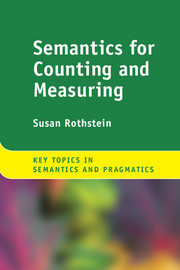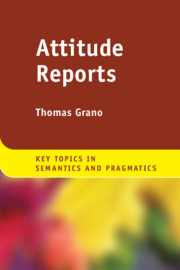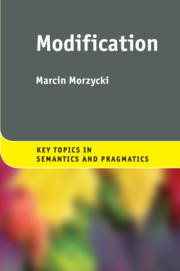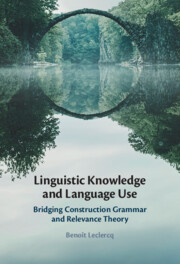Semantics for Counting and Measuring
The use of numerals in counting differs quite dramatically across languages. Some languages grammaticalise a contrast between count nouns (three cats, three books) vs 'non-count' or mass nouns (milk, mud), marking this distinction in different ways. Others use a system of numeral classifiers, while yet others use a combination of both. This book draws attention to the contrast between counting and measuring, and shows that it is central to our understanding of how we use numerical expressions, classifiers and count nouns in different languages. It reviews some of the more recent major linguistic results in the semantics of numericals, counting and measuring, and theories of the mass/count distinction, and presents the author's new research on the topic. The book draws heavily on crosslinguistic research, and presents in-depth case studies of the mass/count distinction and counting and measuring in a number of typologically unrelated languages. It also includes chapters on classifiers, constructions and adjectival uses of measure phrases.
- Focusses on the importance of the difference between counting and measuring, and the crucial role this distinction plays in understanding the basis of the count/mass distinction
- Contextualises the results, and provides an overview of a number of issues in the semantics of the count/mass distinction and the semantics of measurement, and in the nominal domain
- Fully accessible to students with a first-year course in introductory semantics, and students of linguistics and related disciplines who are not experts in formal semantics, and who want to skip the formal derivations
Reviews & endorsements
'At the interface between cognition, language, and ontology, traditional views on mass vs count are seriously challenged by languages such as Hungarian, Brazilian Portuguese and Yudja. Rothstein brilliantly deals with these difficult issues by distinguishing counting and measuring as two types of semantic operation. A work of great breadth that opens new research avenues.' Roberta Pires de Oliveira, National Council for Scientific and Technological Development (CNPq), Brazil and Universidade Federal de Santa Catarina, Brazil
Product details
March 2017Adobe eBook Reader
9781316944257
0 pages
0kg
This ISBN is for an eBook version which is distributed on our behalf by a third party.
Table of Contents
- List of abbreviations
- 1. Introduction
- 2. Numericals and how they work
- 3. Counting and measuring
- 4. The mass count distinction
- 5. Object mass nouns, measuring and counting
- 6. A crosslinguistic perspective
- 7. The universal grinder
- 8. Classifiers
- 9. Measures
- 10. Additive and attributive uses of measures
- 11. In conclusion
- ENVOI
- References.





